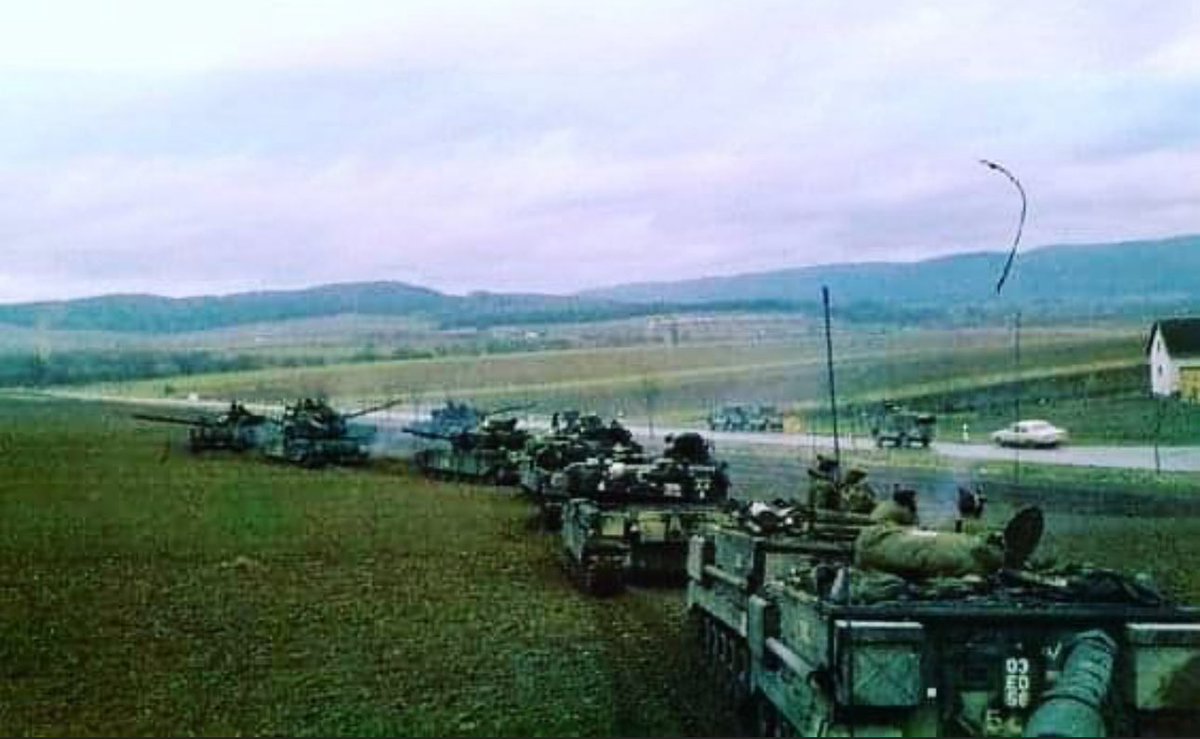How to get URL link on X (Twitter) App

 Background on the Challenger 2
Background on the Challenger 2

 Introduction
Introduction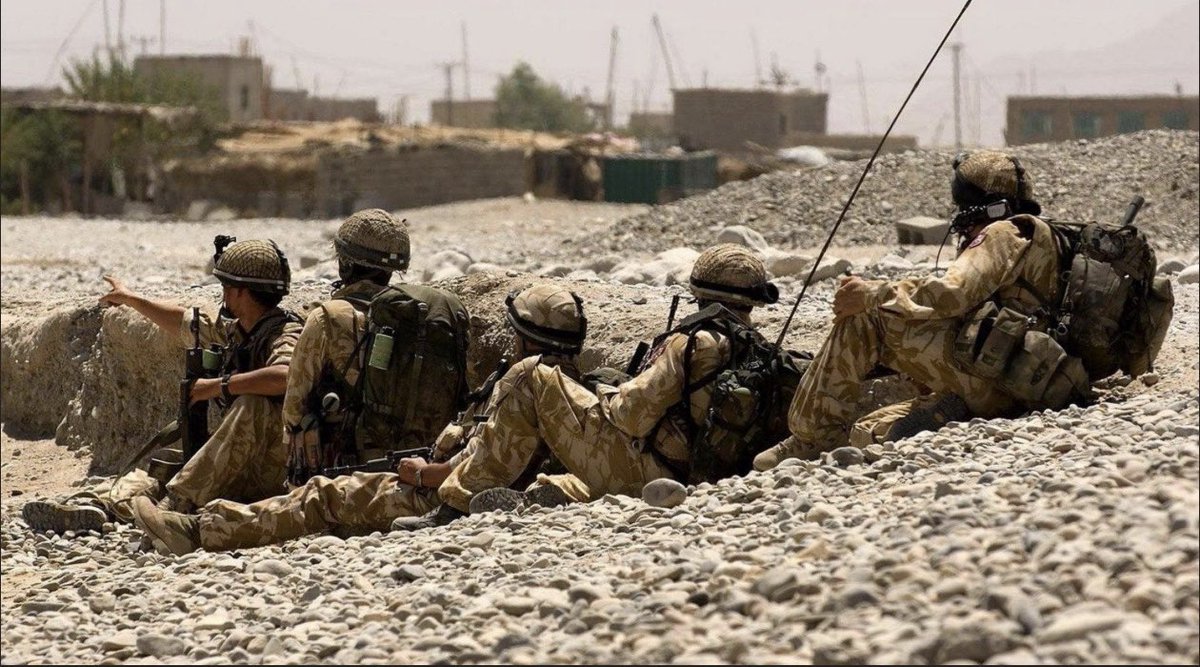

 Post-War RCAF: From Empire Air Training to Cold War Interceptor
Post-War RCAF: From Empire Air Training to Cold War Interceptor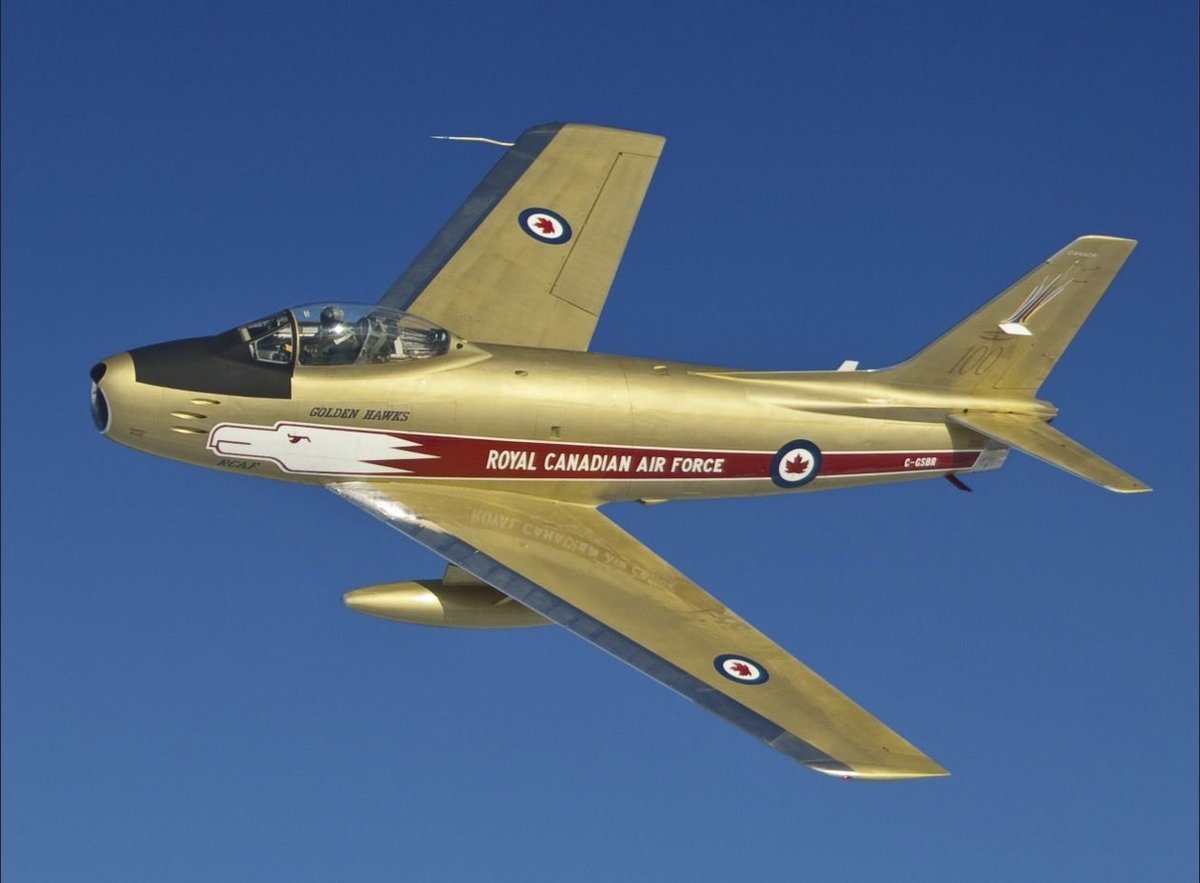
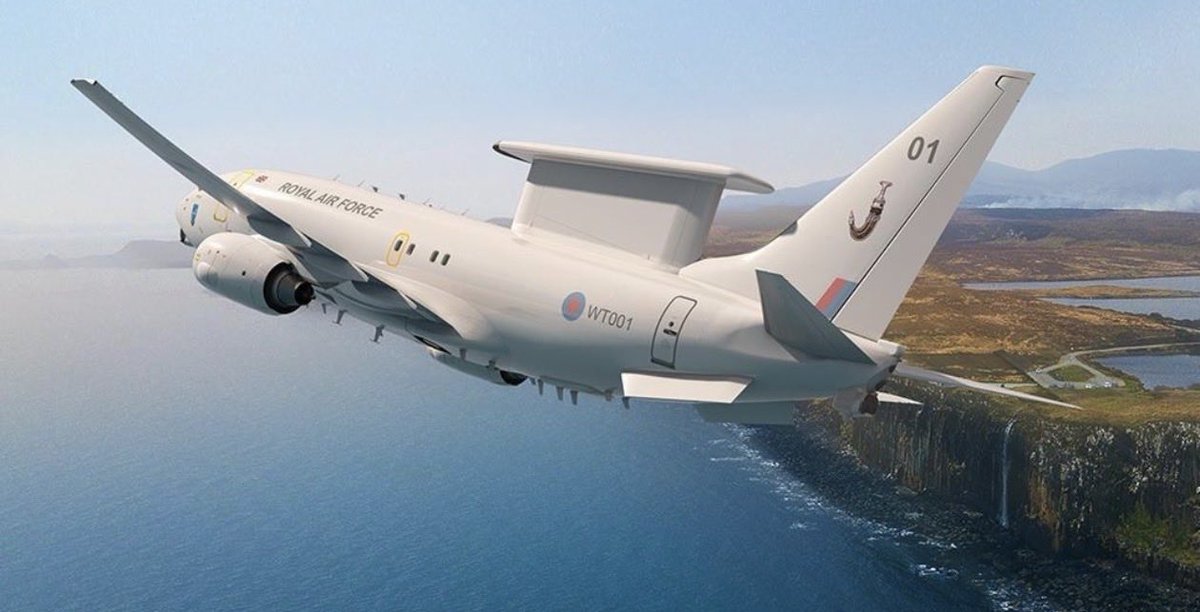
 Original Requirement and Operational Concept
Original Requirement and Operational Concept
 National Tasks – What the Government Expects at Home
National Tasks – What the Government Expects at Home
 2/25 Initially envisioned in the late 1990s as a Joint Combat Aircraft (JCA) to revive carrier strike capabilities and supplant ageing platforms like the Harrier and Tornado, the UK’s pledge to acquire 138 aircraft all initially the F-35B short take-off and vertical landing (STOVL) variant has undergone significant evolution amidst fiscal constraints, technological setbacks, and inter-service tensions.
2/25 Initially envisioned in the late 1990s as a Joint Combat Aircraft (JCA) to revive carrier strike capabilities and supplant ageing platforms like the Harrier and Tornado, the UK’s pledge to acquire 138 aircraft all initially the F-35B short take-off and vertical landing (STOVL) variant has undergone significant evolution amidst fiscal constraints, technological setbacks, and inter-service tensions.

 Flawed Conception: Overambition from the Start
Flawed Conception: Overambition from the Start

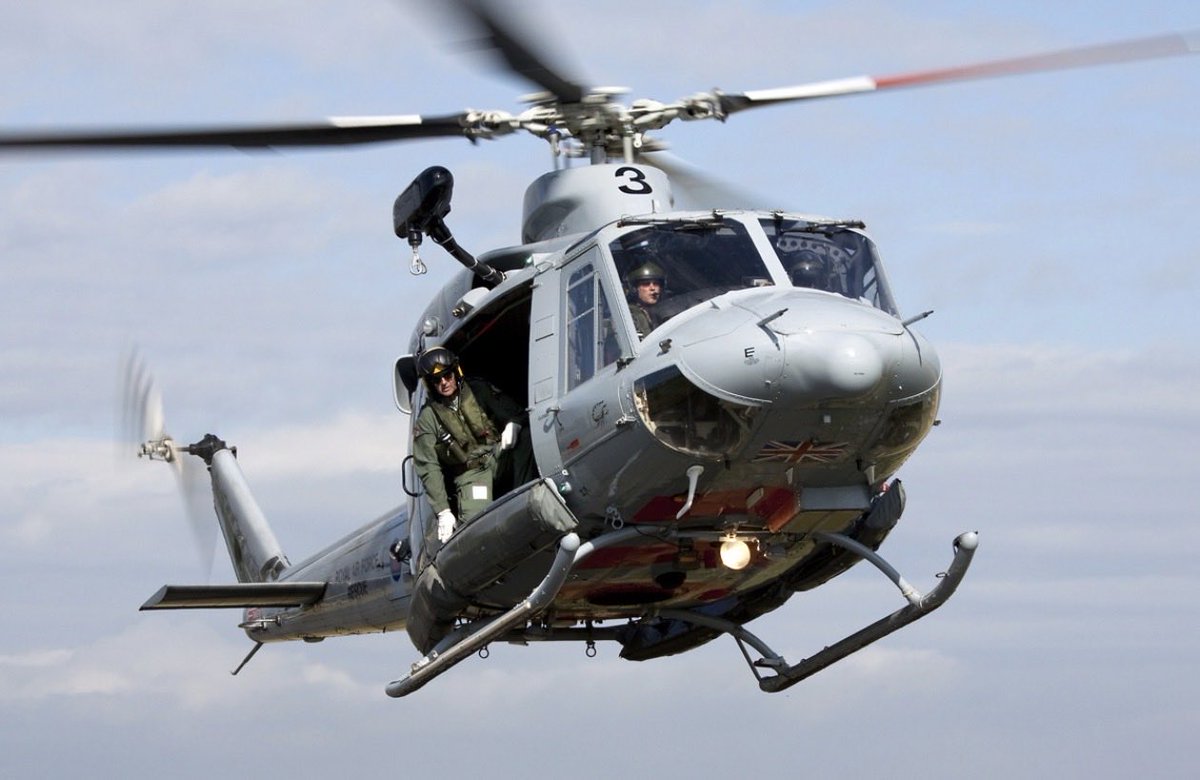


 Conceptual Origins – The Anglo-French Agreement
Conceptual Origins – The Anglo-French Agreement
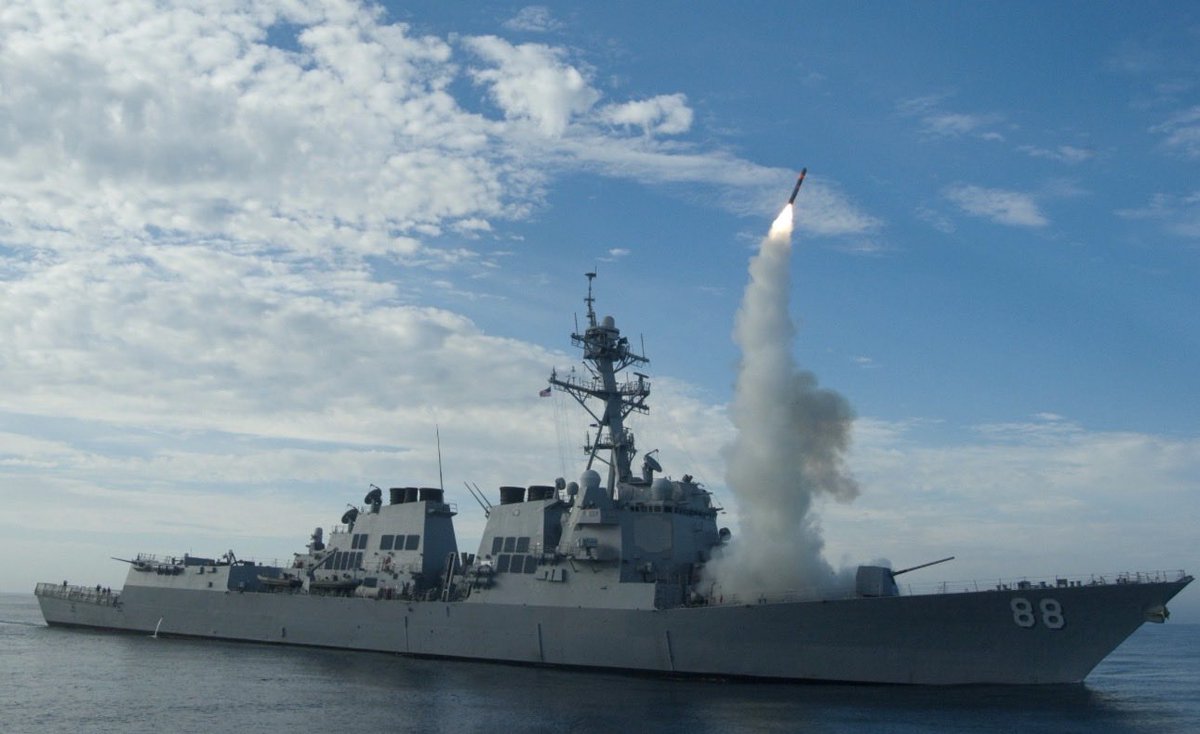
 Origins: The Genesis of the Tomahawk
Origins: The Genesis of the Tomahawk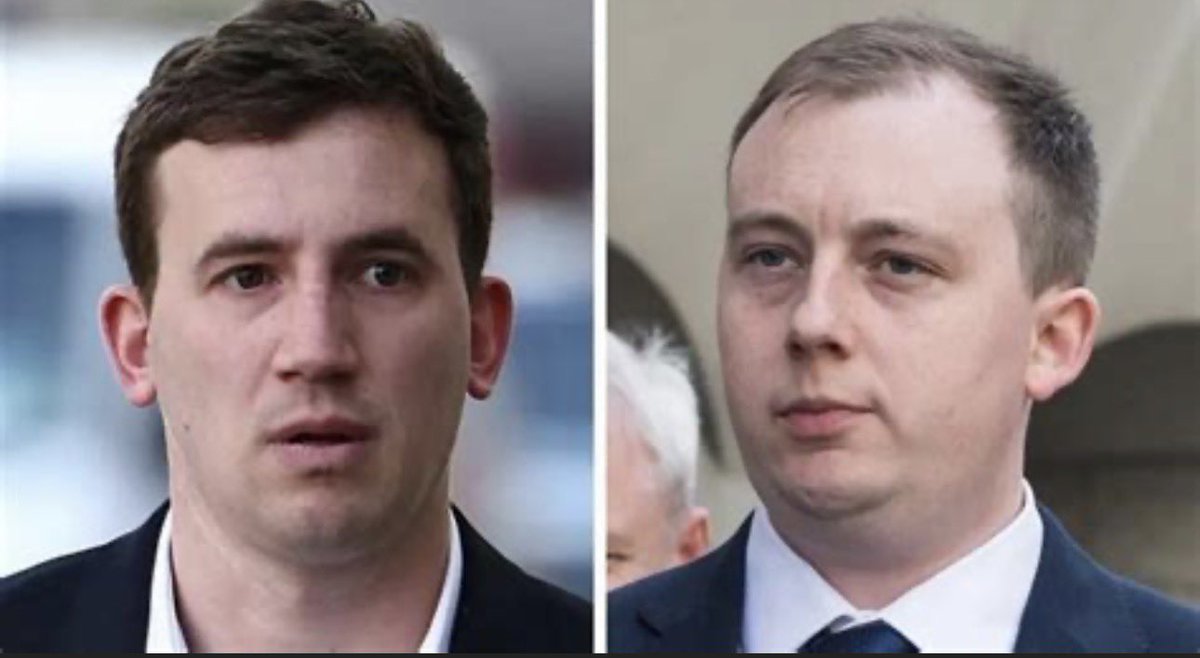
 Recap of the Core Case: From Arrests to Collapse
Recap of the Core Case: From Arrests to Collapse

 Introduction (Part 2)
Introduction (Part 2)
 Defining Very Low Frequency Radio
Defining Very Low Frequency Radio

 Programme Challenges: Cost Escalations and Delays
Programme Challenges: Cost Escalations and Delays

 Conceptual Origins of the AAS
Conceptual Origins of the AAS
 Historical Origins and Initial Requirements
Historical Origins and Initial Requirements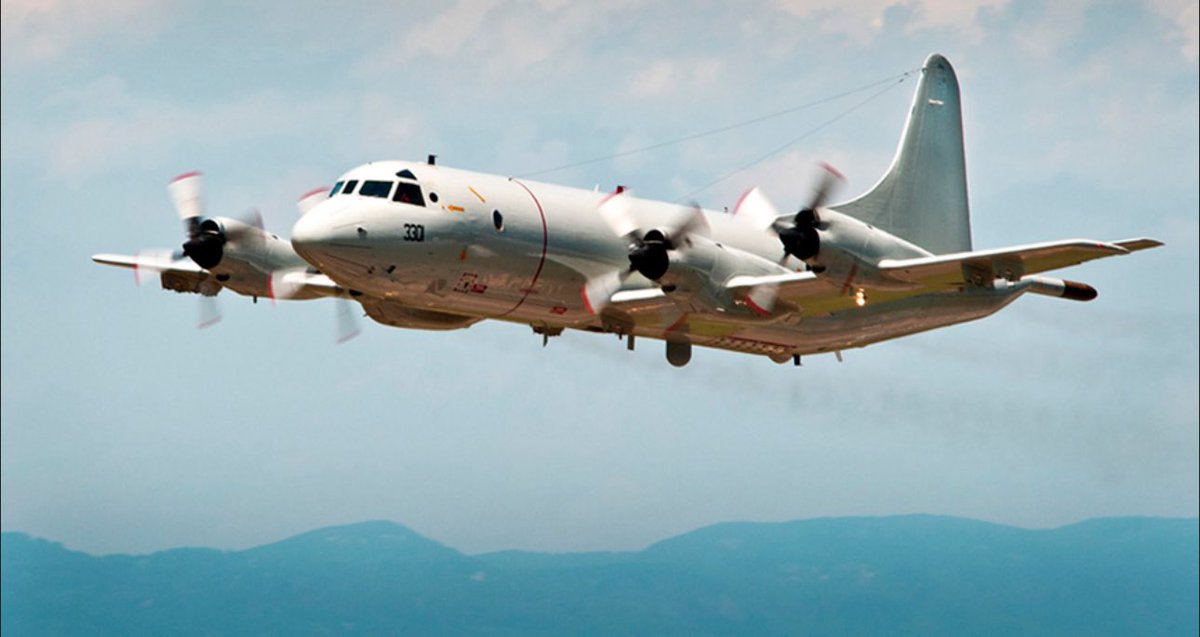
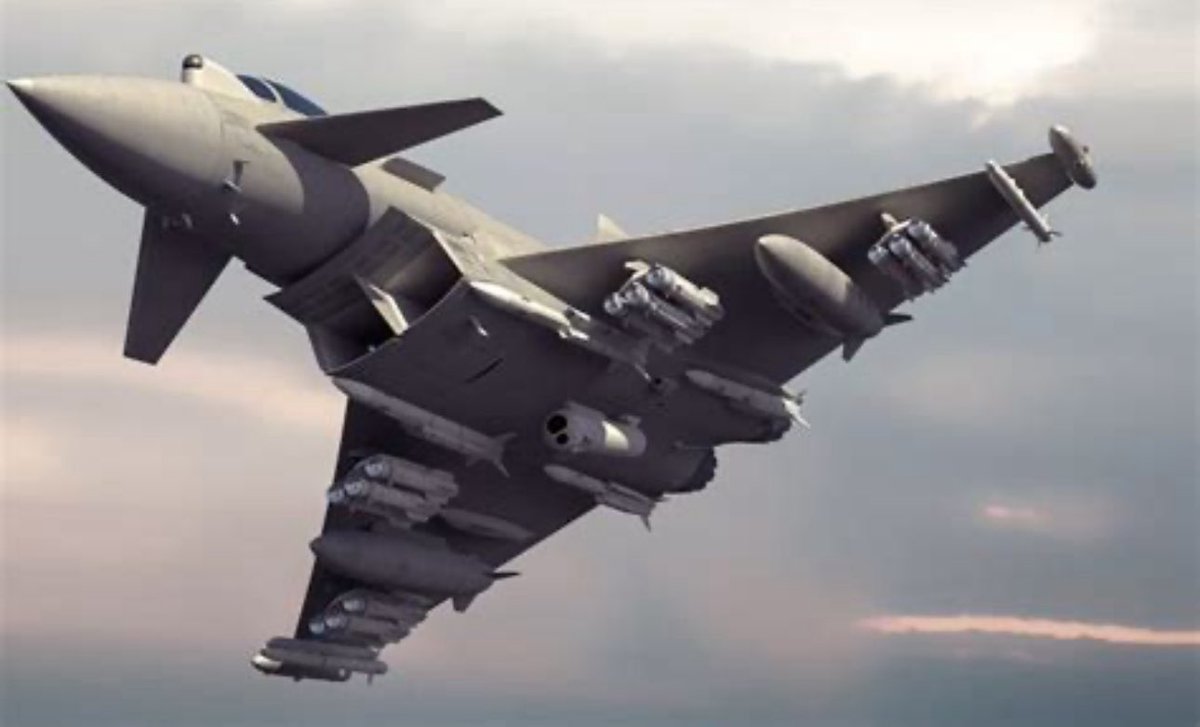
 2/25 This thread tries to examine the SPEAR programme from its conceptual origins through development and production phases. It details each capability increment—SPEAR 1, 2, 3, and beyond—assessing their conception, requirements, successes, and lessons learned. Particular attention is given to SPEAR 3’s ongoing challenges, including integration issues with the UK’s F-35B Lightning II aircraft, programme slips, and financial implications. The discussion extends to the removal of Brimstone from the AH-64E Apache requirement, the programme’s impact on Carrier Enabled Power Projection (CEPP), multinational complexities in future increments, and the roles of key stakeholders. Finally, it evaluates value for money and concludes with a balanced appraisal, emphasising SPEAR 3’s critical role in preventing the F-35B from becoming an underutilised asset.
2/25 This thread tries to examine the SPEAR programme from its conceptual origins through development and production phases. It details each capability increment—SPEAR 1, 2, 3, and beyond—assessing their conception, requirements, successes, and lessons learned. Particular attention is given to SPEAR 3’s ongoing challenges, including integration issues with the UK’s F-35B Lightning II aircraft, programme slips, and financial implications. The discussion extends to the removal of Brimstone from the AH-64E Apache requirement, the programme’s impact on Carrier Enabled Power Projection (CEPP), multinational complexities in future increments, and the roles of key stakeholders. Finally, it evaluates value for money and concludes with a balanced appraisal, emphasising SPEAR 3’s critical role in preventing the F-35B from becoming an underutilised asset.
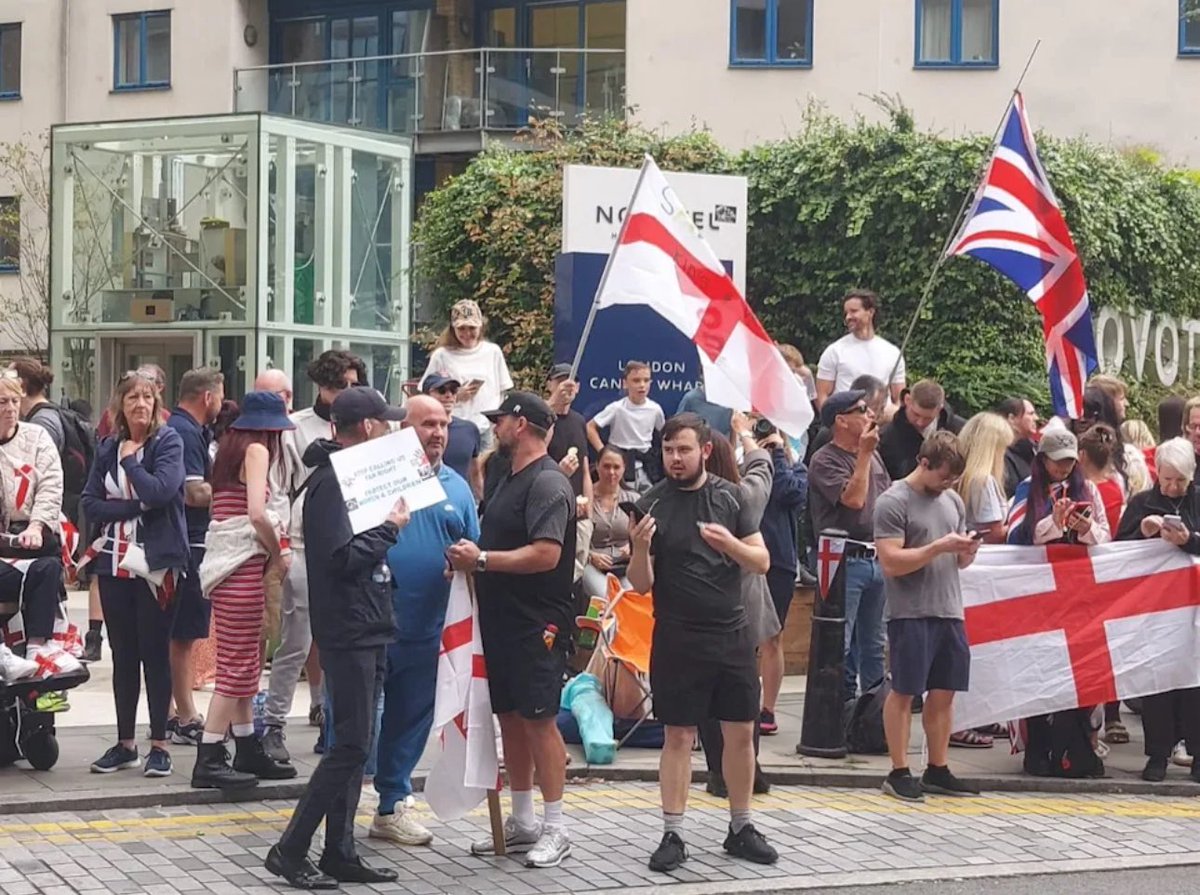
 The Epping Protests – A Catalyst for Unrest
The Epping Protests – A Catalyst for Unrest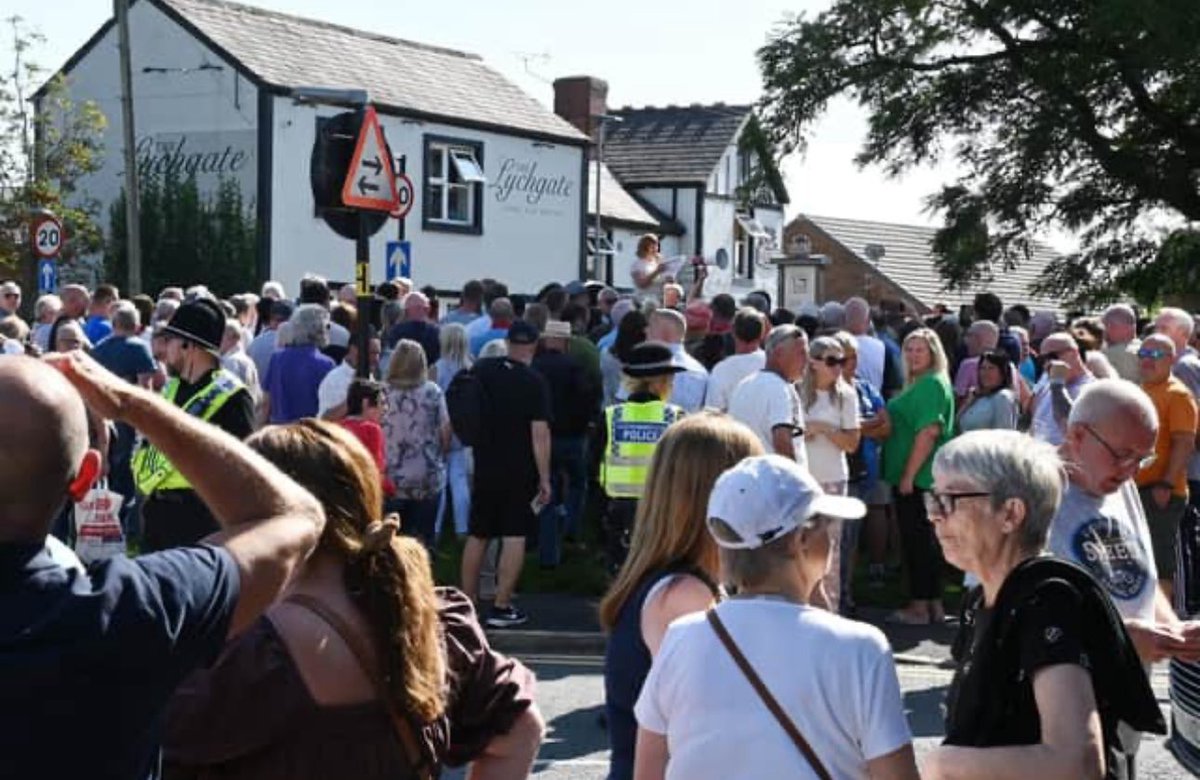
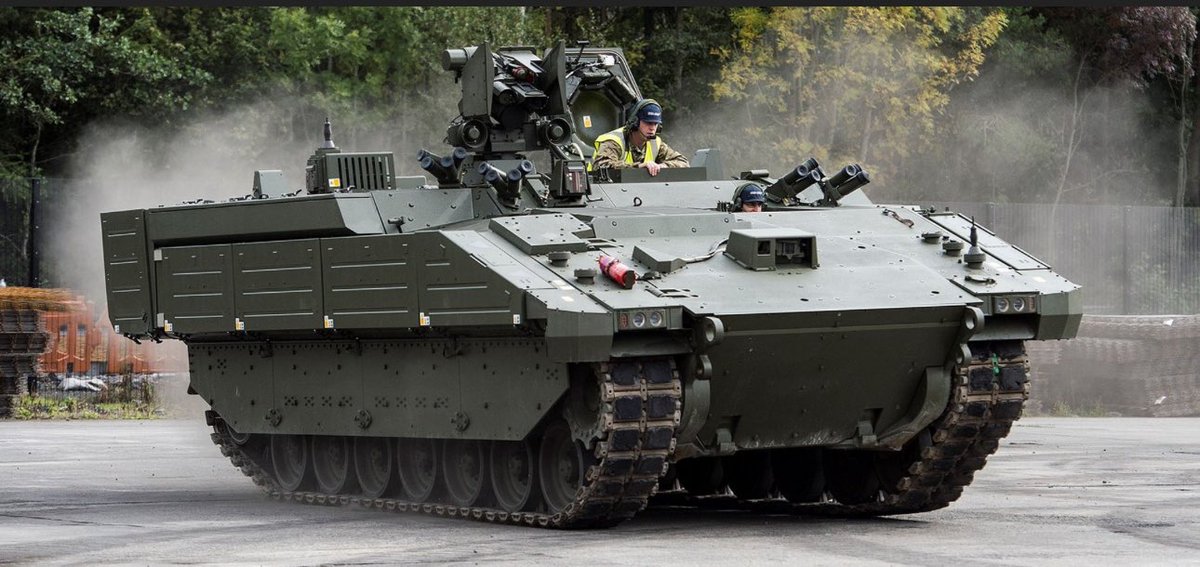
 Table of Contents
Table of Contents
 Origins of the CAPTOR Radar
Origins of the CAPTOR Radar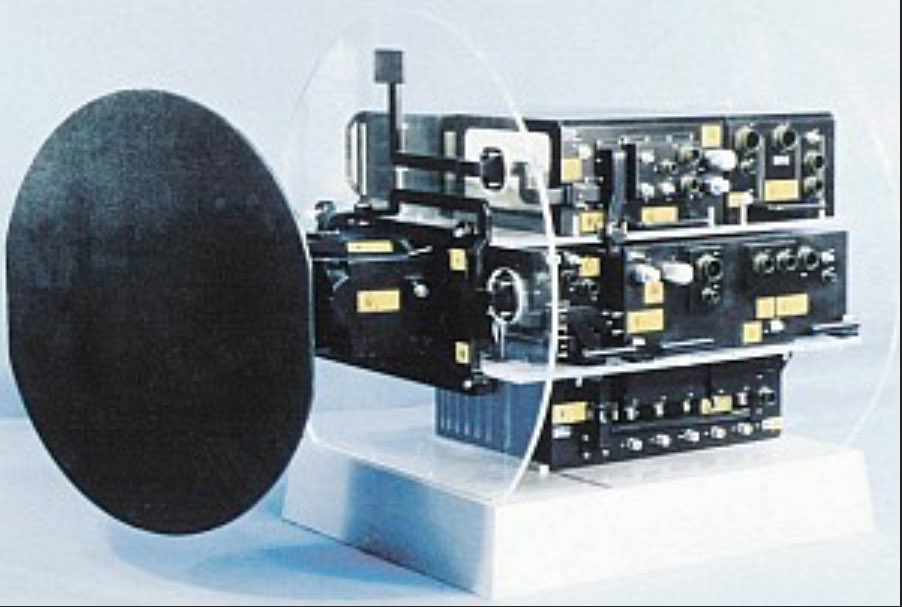
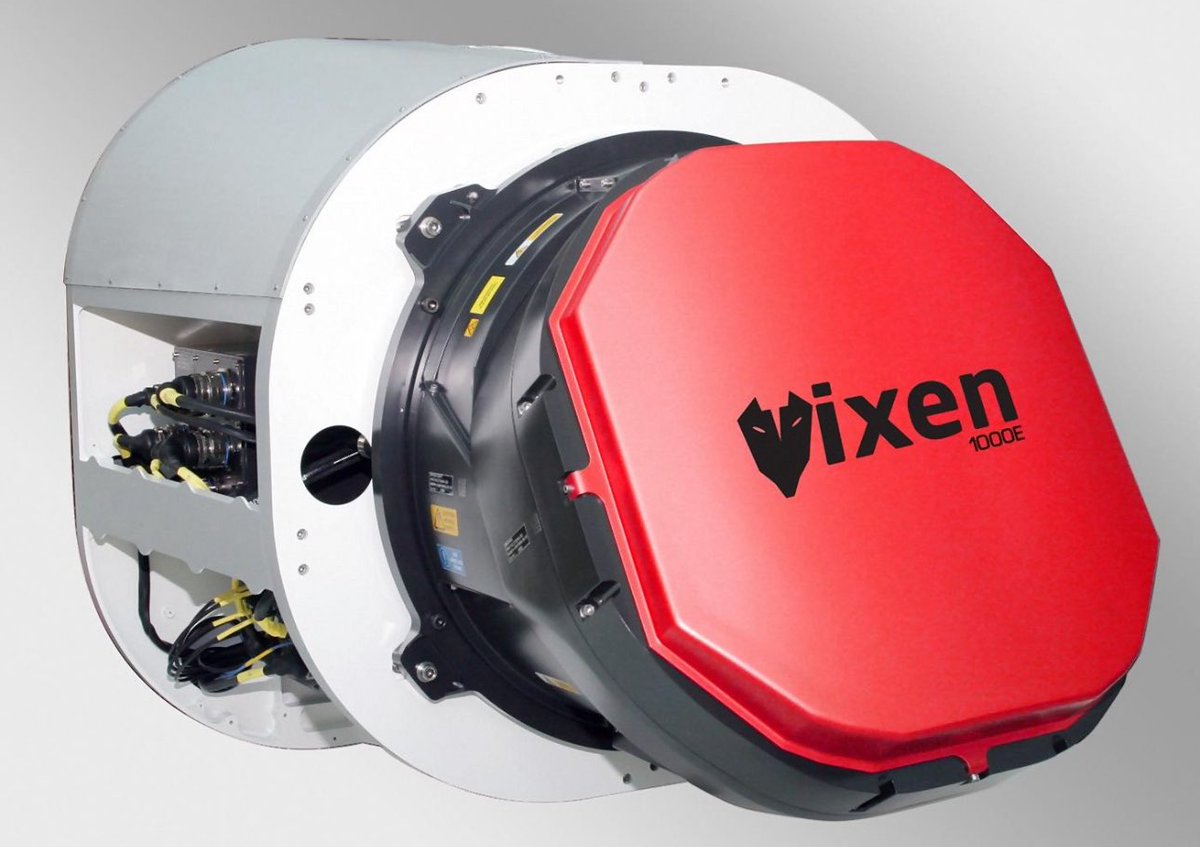

 The MoD’s Information Security Framework
The MoD’s Information Security Framework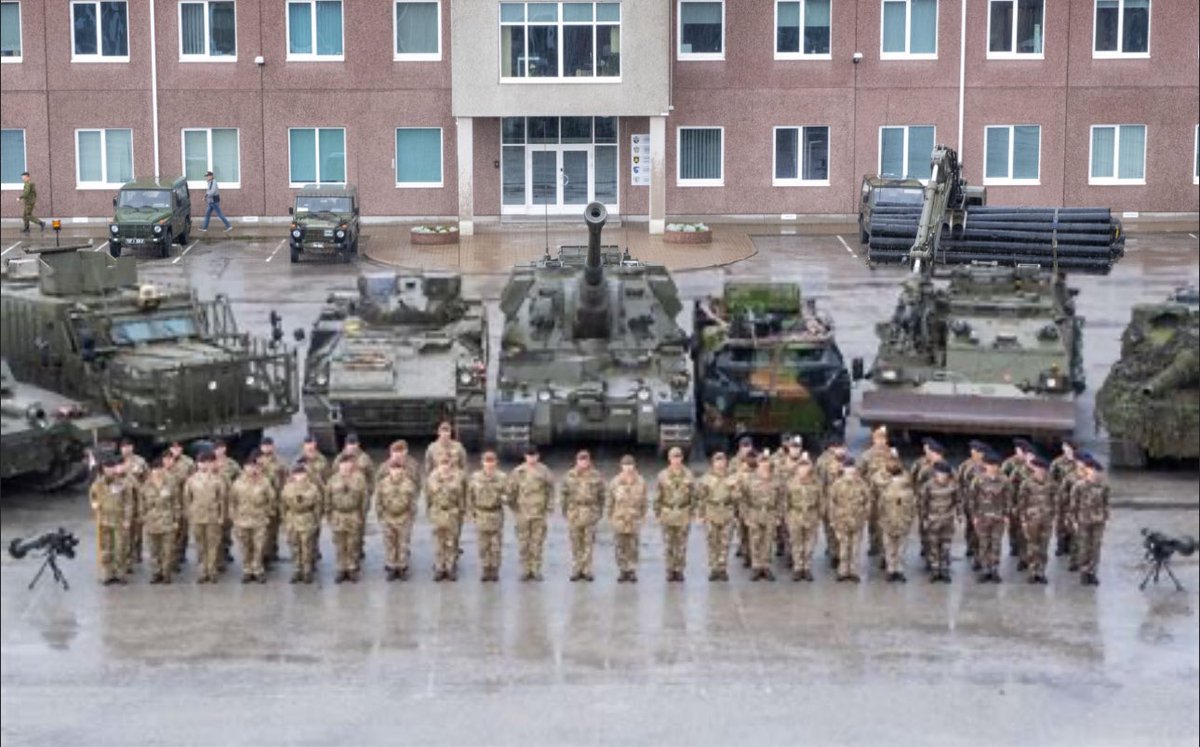
 Why Restructure the British Army?
Why Restructure the British Army?